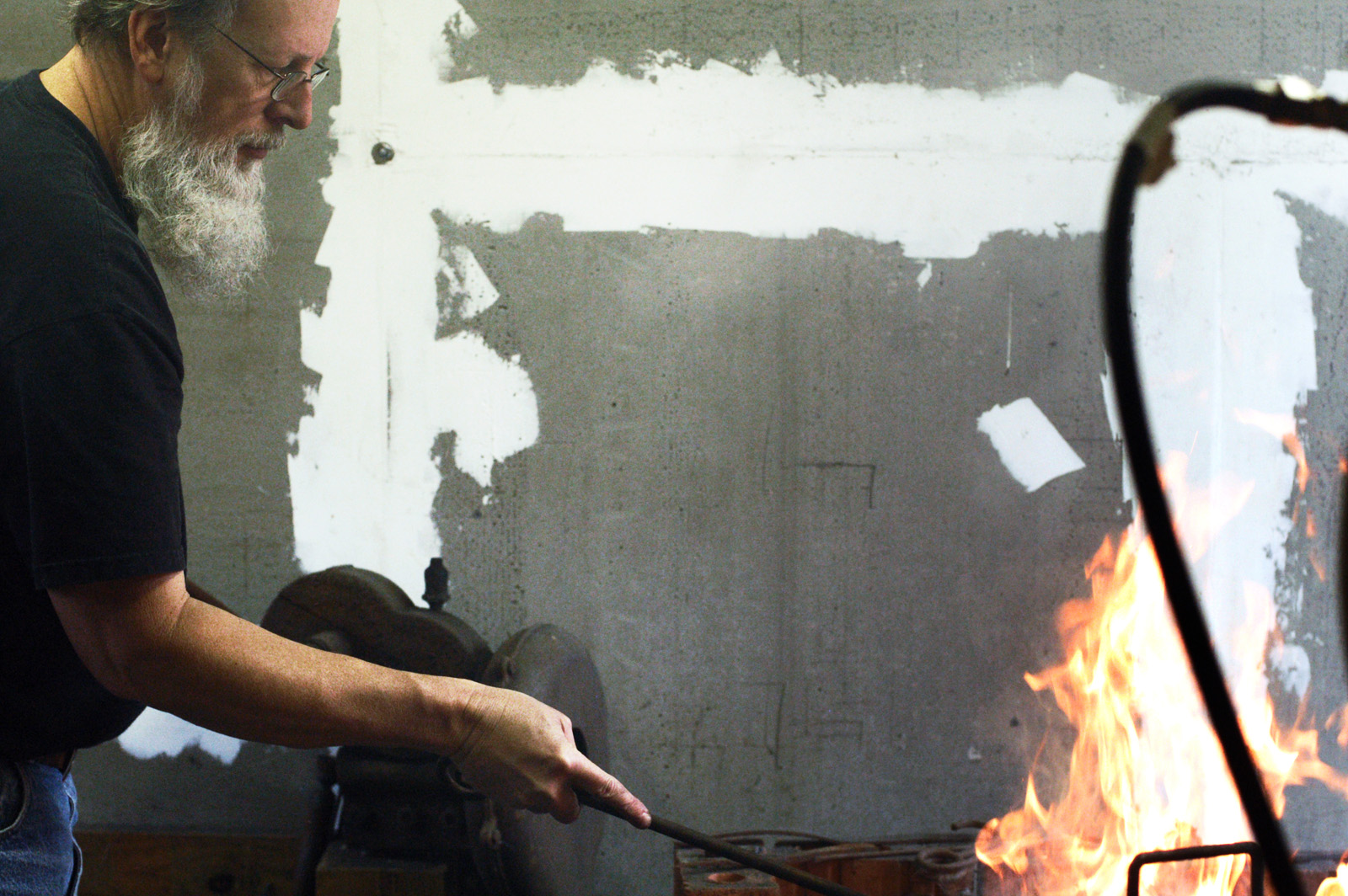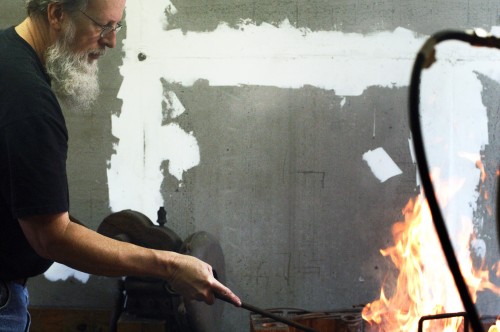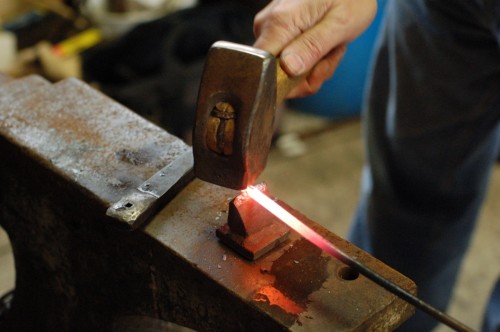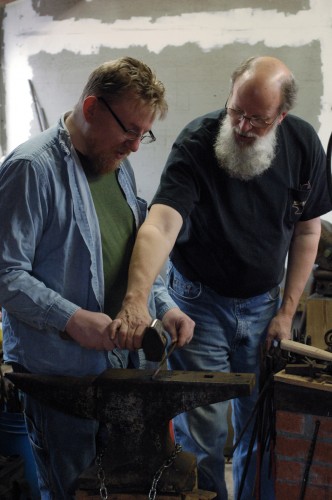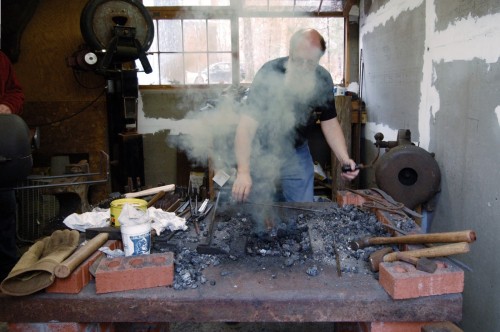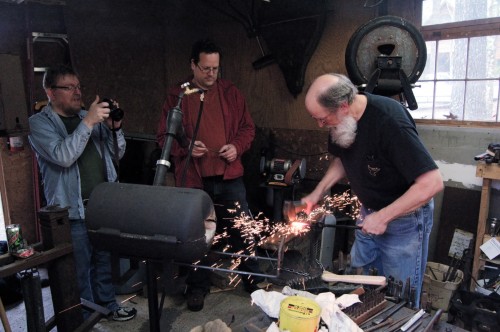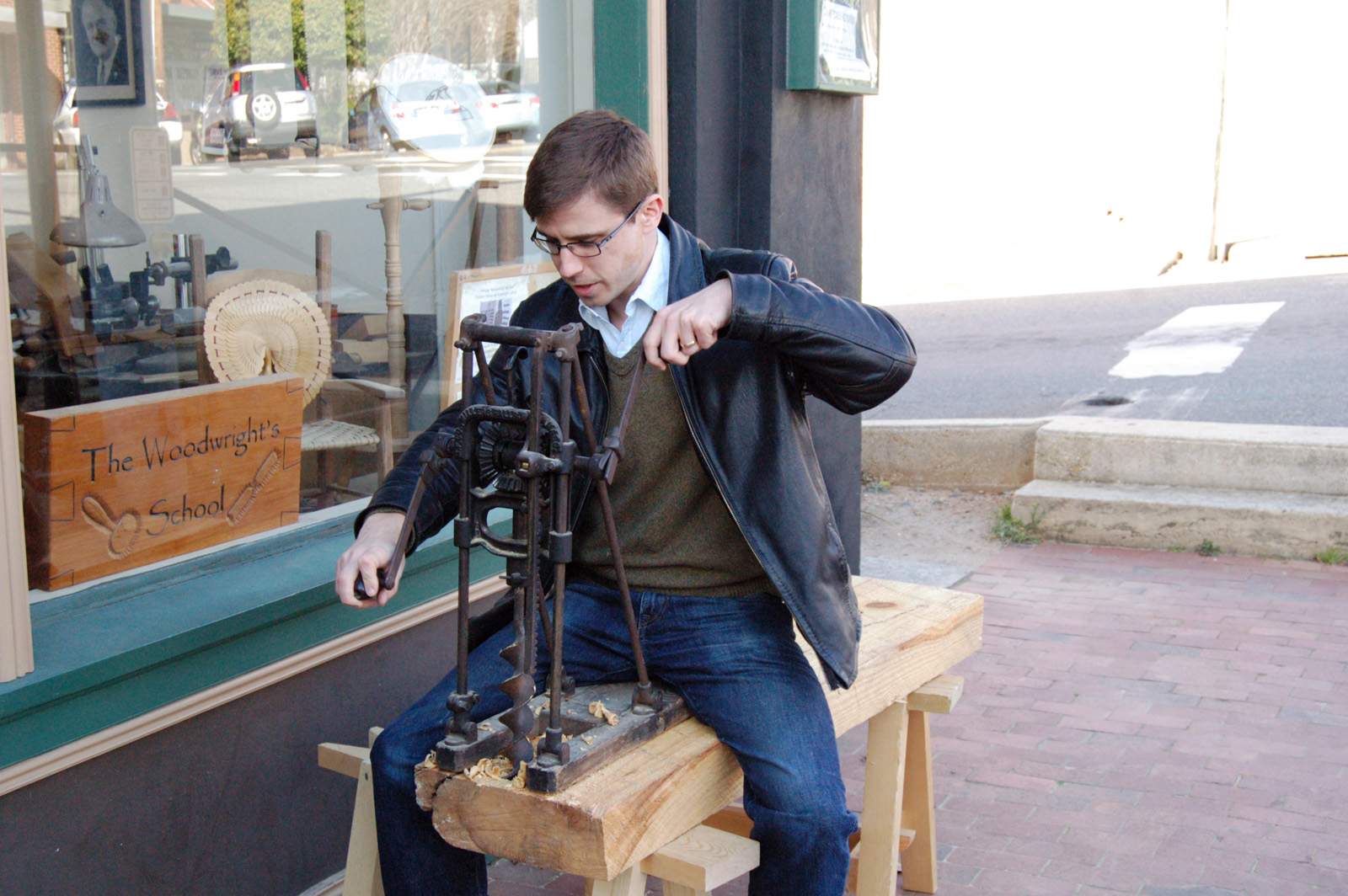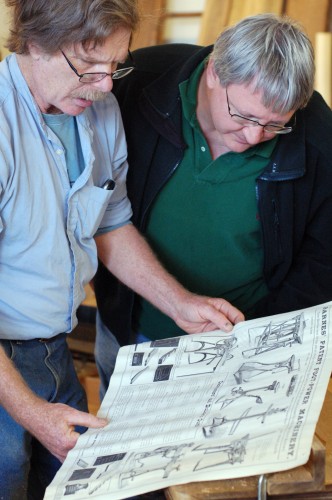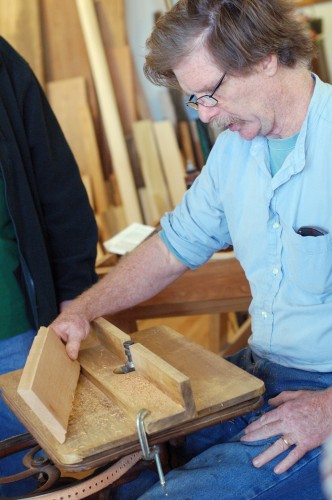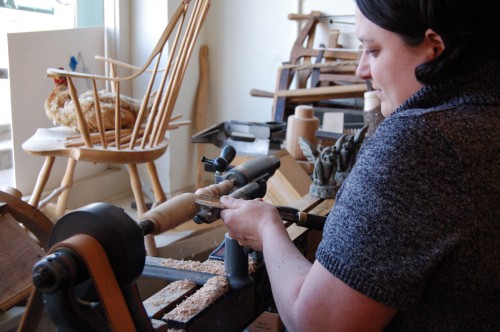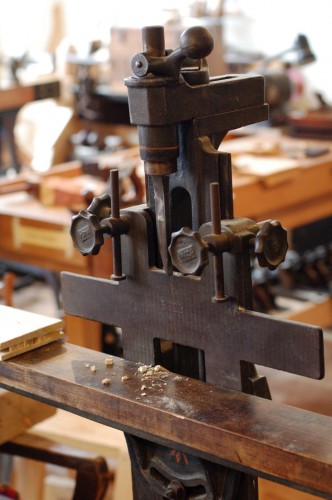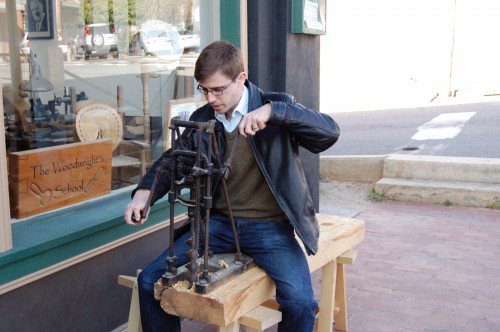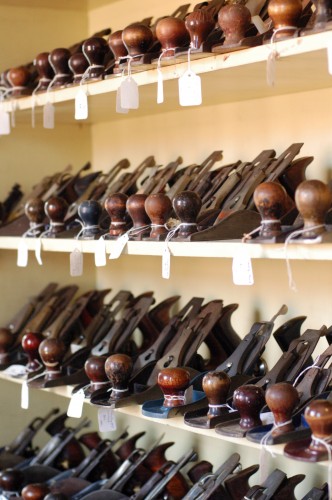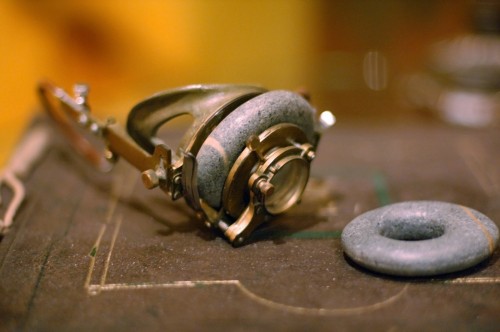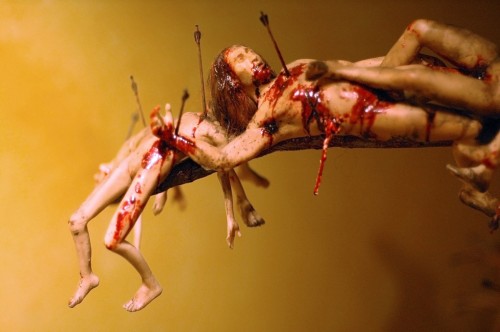Congratulations to te winner of my very first contest, Shane Dreher! Though all the comments offered plenty of comic potential, his provided the most unexpected types of laughs.
I think it would be great if the two old ladies in Arsenic and Old Lace had bats to beat people with the entire play between their witty banter.
I also have some more information on Specter Studios, the company that makes the foam baseball bats which Shane just won. Eanna Holton, the Business and Operations Manager over there, sent me the (condensed) history of Specter Studios:
The current incarnation of the company began in 2004 when it was purchased by Scott Tyson And Mark Marsen. Orginally, they were looking to purchase a building to transistion from being home haunters into official devotees of all things creepy. At the time, Specter (then Spector) had both building and business. Long story short, they passed on the building and bought the company instead! There were a lot of early obstacles, not the least of which were falsified financial documents from the previous owners and though Mark and Scott had already built another strong company, it was not in either the haunt or manufacturing arenas.
There was a lot of trial and error, but Specter kept learning and growing with regard to its reach and its efficiency. In 2010, we began a new era at Specter Studios and have been hard at work with 11 of Pittsburgh’s most talented artists creating some really unique, high quality masks, costumes, and props. We have 2 full time designers who create the majority of our designs, but the floor is open for anyone within the studio to suggest ideas or even try their hand at the sculpting. A good example of that is our Opera Clown Mask. It was sculpted by Mike Pezzulo AKA GYPZY who says he hadn’t touched clay since high school! This mask quickly became, and still is, one of our most popular products! As mentioned, the 11 people who work at our studio are all artists in their own. Ranging from graphic design,music, fashion desgin, painting and drawing, to special makeup effects and circuit bending! We all feel very lucky to belong to such a motley crew.
So there you have it! Have a happy Memorial Day weekend!

